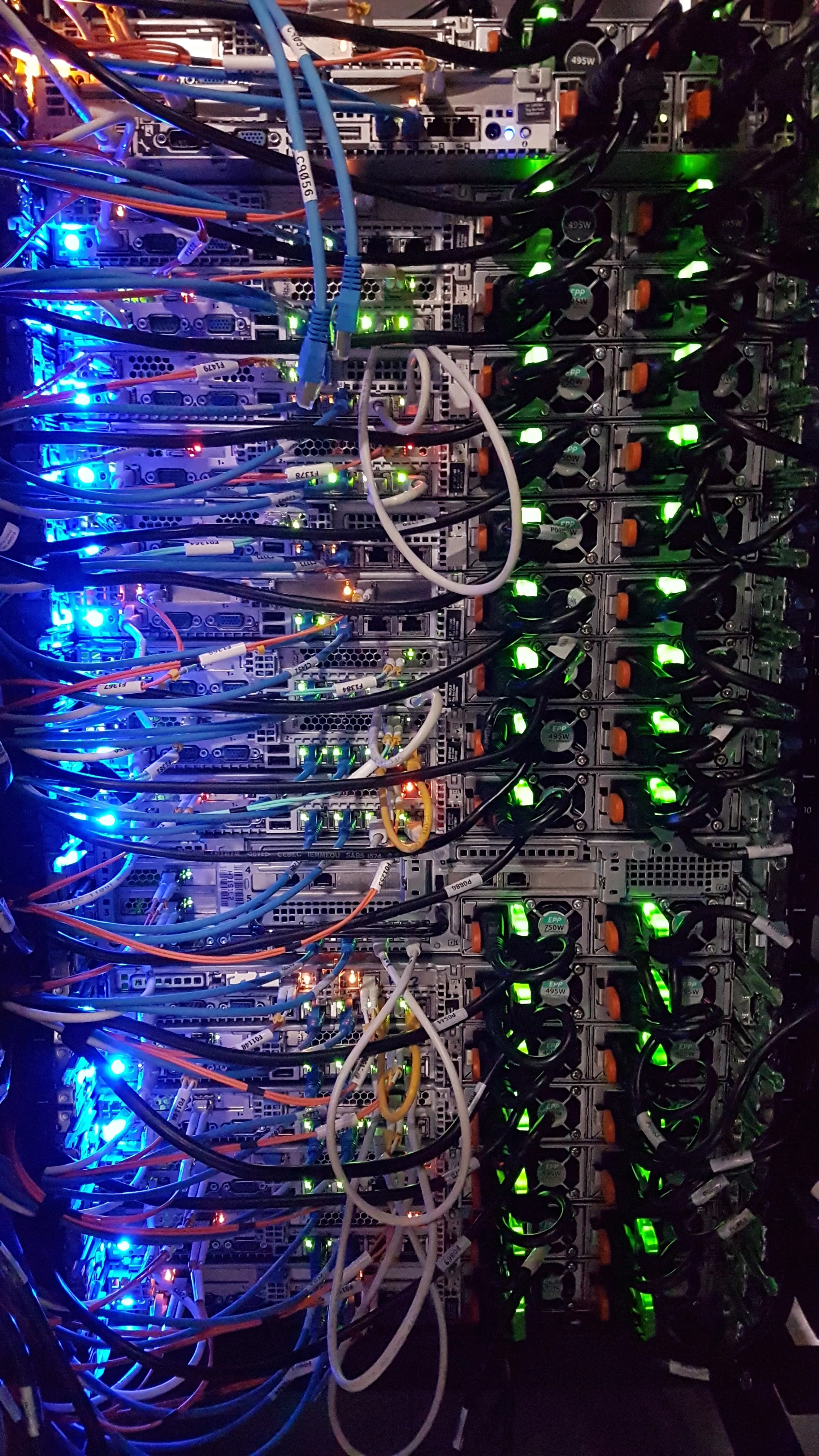LLDP (Link Layer Discovery Protocol)

What is LLDP ?
The TLDR version: Devices emit beacons that say who they are. These beacons go as far as the nearest Layer2 bridge.
The Juniper Summary of LLDP is a good simple explanation. Perhaps a simpler one is it involves hardware using it sending out a beacon frame identifying themselves every so many seconds, and other hardware reading that and noting it. It was invented as a common, open standards replacement for Cisco CDP and other proprietary protocols.
These Layer2 discovery protocols were originally designed for use by switches and routers, and could allow quicky and easy verification that everything was connected as expected.
How is it normally used ?

For example, on most Cisco switches, you could configure Router1 like.
hostname Router1
lldp run
!
interface GigabitEthernet0/1
description Link to Switch1
lldp transmit
!
And on Switch1
hostname Switch1
lldp run
!
interface GigabitEthernet0/2
description Link to Router1
lldp recieve
!
Then, on switch1 you could use LLDP to show Router1 is connected. This is usually also going to be avaliable via SNMP or other router management API’s. An example to show it on the CLI is :-
# show lldp neighbors
INDEX PORT DEVICEID PORT NAME CAPABILITIES TTL
----------------------------------------------------------------------
1 gi0/1 aa:bb:cc:dd:ee:ff Gi1/0/31 Router1 Bridge 93
Security Implications.
Across my career I’ve heard numerous claims that LLDP and other similar protocols are security risks. By default, they do indeed provide extra information to an attacker. This can include what type of device they are connected to and what operating system and version it is running.
This does indeed break the general rule of not leaking extra information. However, it also provides significant benefits, some of which can also be security benefits. You can easily tell if a device has been physically recabled, and you can confirm devices are cabled as designed, rather than merely in a way which works.
I think it is unwise to say LLDP is a security benefit or risk, but rather to consider the individual circumstances of your deployment.
Transmitting LLDP on Unix Systems.
Three main options.
The first two are standlone daemons, and can be configured quite flexibly. They also support proprietary protocols like CDP, EDP and the like. The last option is built into systemd which ships with most Linux distributions these days.
# Contents of /etc/systemd/network/lldp.conf
LLDP=true # recieve LLDP
EmitLLDP=nearest-bridge # send LLDP
Transmitting LLDP on Windows Systems.
You need to install the optional LLDP agent features. On my Windows 11 system, this was. There are limited options to configure this agent.
# Run in a Administrator Powershell.
PS> Add-WindowsCapability -online -Name Rsat.LLDP.Tools~~~~0.0.1.0
Reading LLDP with tcpdump.
If you use the tools listed above, they all have LLDP clients as well. If you don’t, you can use tcpdump to sniff for LLDP packets.
# Dump LLDP packets
$ tcpdump -v -i any ether[12:2]=0x88cc
# Dump LLDP or CDP packets
$ tcpdump -v -i any '(ether[12:2]=0x88cc or ether[20:2]=0x2000)'
My recommendations.
In general, I think the benefits of running LLDP on all hosts and network equipment outweighs the risks.
On physical environments for which I am responsible I always run lldpd, enable the Windows LLDP service,
or configure the routers and switches to both emit and recieve lldp data.